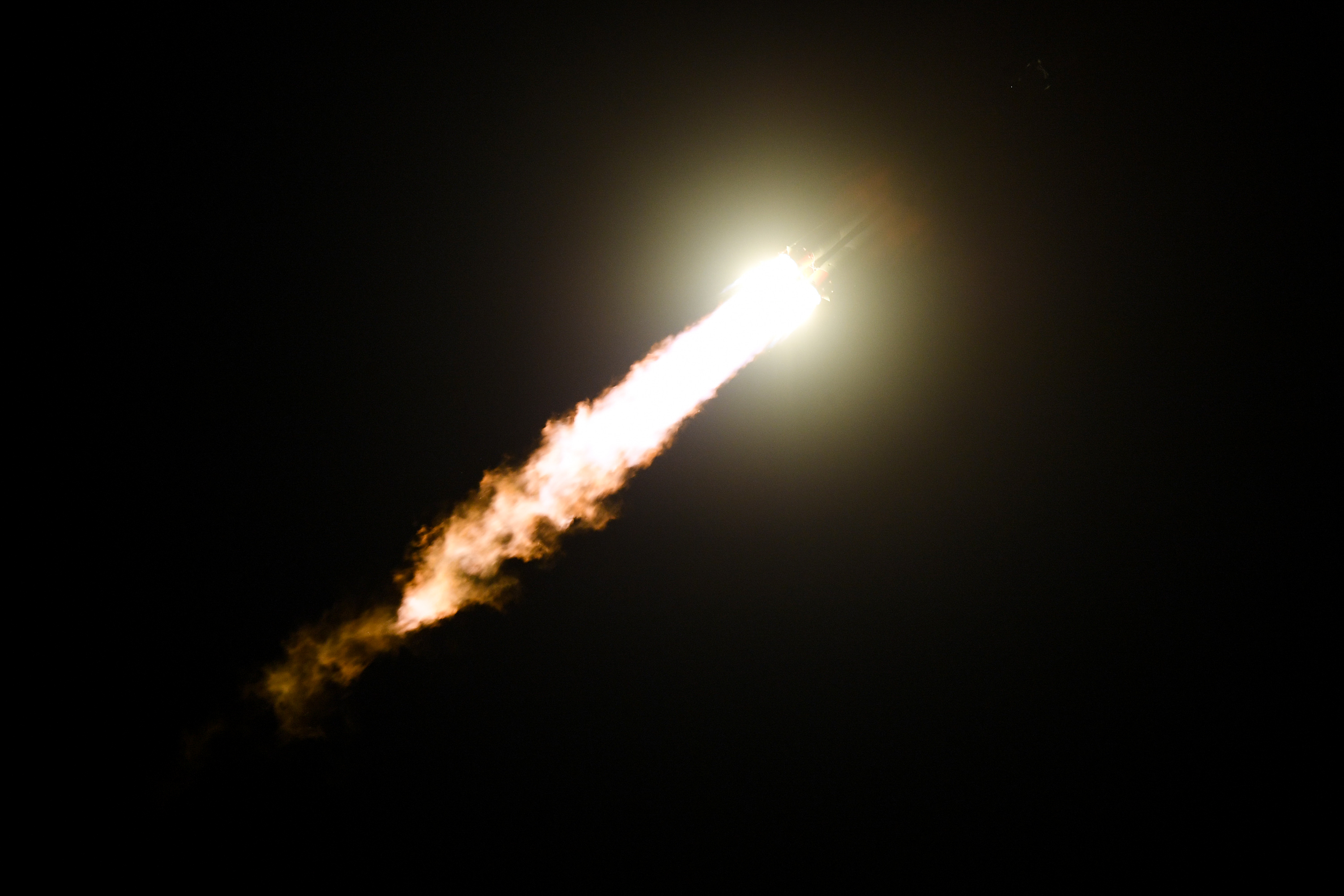NASA is practicing for a hypothetical asteroid strike

NASA is concocting a faux asteroid to prepare for a hypothetical apocalyptic threat.
Researchers at NASA and FEMA recently announced plans to partner with NASA's Planetary Defense Coordinator Office, the European Space Agency's Space Situational Awareness-NEO Segment and the International Asteroid Warning Network to test-run the impact of extraterrestrial objects near Earth.
While it's highly unlikely for a UFO to come hurtling toward our planet, scientists do want to prepare for a possible asteroid, reports Gizmodo. Now, the agencies are developing a "realistic— but fictional " exercise that would help experts react in case of such a disaster.
The Week
Escape your echo chamber. Get the facts behind the news, plus analysis from multiple perspectives.

Sign up for The Week's Free Newsletters
From our morning news briefing to a weekly Good News Newsletter, get the best of The Week delivered directly to your inbox.
From our morning news briefing to a weekly Good News Newsletter, get the best of The Week delivered directly to your inbox.
In the simulation, astronomers track the asteroid until they determine there is a 1 percent chance it will collide with the Earth — That's the threshold at which international organizations have agreed they'd need to spring into action. Afterward, scientists measure the "risk corridor," to narrow down the regions of the planet that are most likely to be hit.
"These exercises have really helped us in the planetary defense community to understand what our colleagues on the disaster management side need to know," said Lindley Johnson, NASA's Planetary Defense Officer. "This exercise will help us develop more effective communications with each other and with our governments."
A free daily email with the biggest news stories of the day – and the best features from TheWeek.com
-
 How climate change is affecting Christmas traditions
How climate change is affecting Christmas traditionsThe Explainer There may be a slim chance of future white Christmases
-
 The MAGA civil war takes center stage at the Turning Point USA conference
The MAGA civil war takes center stage at the Turning Point USA conferenceIN THE SPOTLIGHT ‘Americafest 2025’ was a who’s who of right-wing heavyweights eager to settle scores and lay claim to the future of MAGA
-
 The 8 best drama movies of 2025
The 8 best drama movies of 2025the week recommends Nuclear war, dictatorship and the summer of 2020 highlight the most important and memorable films of 2025
-
 Blue Origin launches Mars probes in NASA debut
Blue Origin launches Mars probes in NASA debutSpeed Read The New Glenn rocket is carrying small twin spacecraft toward Mars as part of NASA’s Escapade mission
-
 Dinosaurs were thriving before asteroid, study finds
Dinosaurs were thriving before asteroid, study findsSpeed Read The dinosaurs would not have gone extinct if not for the asteroid
-
 SpaceX breaks Starship losing streak in 10th test
SpaceX breaks Starship losing streak in 10th testspeed read The Starship rocket's test flight was largely successful, deploying eight dummy satellites during its hour in space
-
 Rabbits with 'horns' sighted across Colorado
Rabbits with 'horns' sighted across Coloradospeed read These creatures are infected with the 'mostly harmless' Shope papilloma virus
-
 Lithium shows promise in Alzheimer's study
Lithium shows promise in Alzheimer's studySpeed Read Potential new treatments could use small amounts of the common metal
-
 Scientists discover cause of massive sea star die-off
Scientists discover cause of massive sea star die-offSpeed Read A bacteria related to cholera has been found responsible for the deaths of more than 5 billion sea stars
-
 'Thriving' ecosystem found 30,000 feet undersea
'Thriving' ecosystem found 30,000 feet underseaSpeed Read Researchers discovered communities of creatures living in frigid, pitch-black waters under high pressure
-
 New York plans first nuclear plant in 36 years
New York plans first nuclear plant in 36 yearsSpeed Read The plant, to be constructed somewhere in upstate New York, will produce enough energy to power a million homes